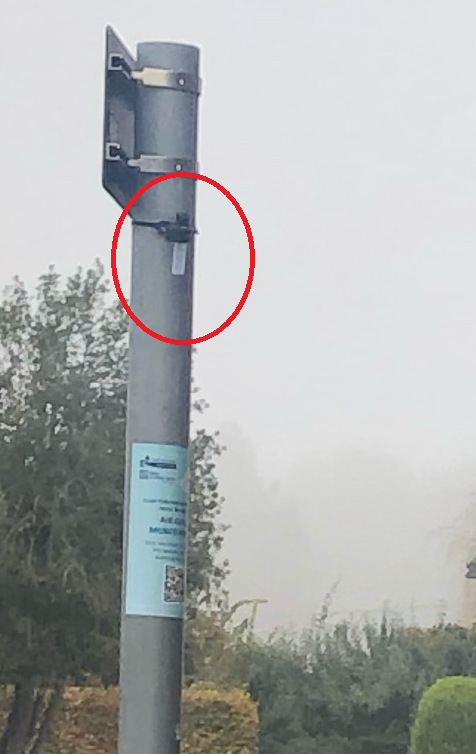
Report states continuing air quality improvement in the district
South Oxfordshire and Vale of White Horse District Councils have today published their joint Air Quality Annual Status Report, which shows a continuing trend in air quality improvement across both districts.
Nitrogen dioxide levels decreased across most of the 133 monitoring sites. In addition, all six Air Quality Management Areas (Abingdon, Botley, Henley, Marcham, Wallingford and Watlington) reported levels well below the national nitrogen dioxide limits.
Tomorrow (7 September) is International Day of Clean Air for Blue Skies, which aims for stronger partnerships to combat air pollution and this year the two councils unified their efforts by adopting a new joint Air Quality Action Plan, which includes proposals for a feasibility study of green infrastructure to enhance air quality, guidance for developers to consider air quality when it comes to planning and continuing the campaign against the practice of vehicle idling.
The councils are also working with other local authorities in Oxfordshire including on the launch of the new oxonair.uk website which provides easily accessible and up-to-date Air Quality information for the public. The website boasts a forecast system as well as monitoring data.

Pic shows a diffusion monitoring tube.
Cllr Mark Coleman, Cabinet Member for Environmental Services and Waste at Vale of White Horse District Council, said: “While our areas have seen a decrease in Nitrogen Oxide levels which is to be welcomed, the councils remain vigilant and the monitoring will continue to ensure the levels stay down.
“Breathing in polluted air affects people’s health and is a contributory factor for a number of illnesses including heart disease, cancer and asthma. The majority of the pollution in our areas comes from emissions from traffic so that’s where we must focus our efforts.’
Cllr Sam James-Lawrie, Cabinet Member for the Environment at South Oxfordshire District Council, said “There are many ways the public can get involved in helping to improve air quality by thinking about how they use their vehicles whether it’s using them less, driving more efficiently or considering a cleaner vehicle when the time comes to replace it.
“Additionally, cleaner air has a direct positive affect on mental and physical health so it is important that we look at alternative travel options.”
The full Air Quality Annual Status Report can be found on our local air quality management page.

